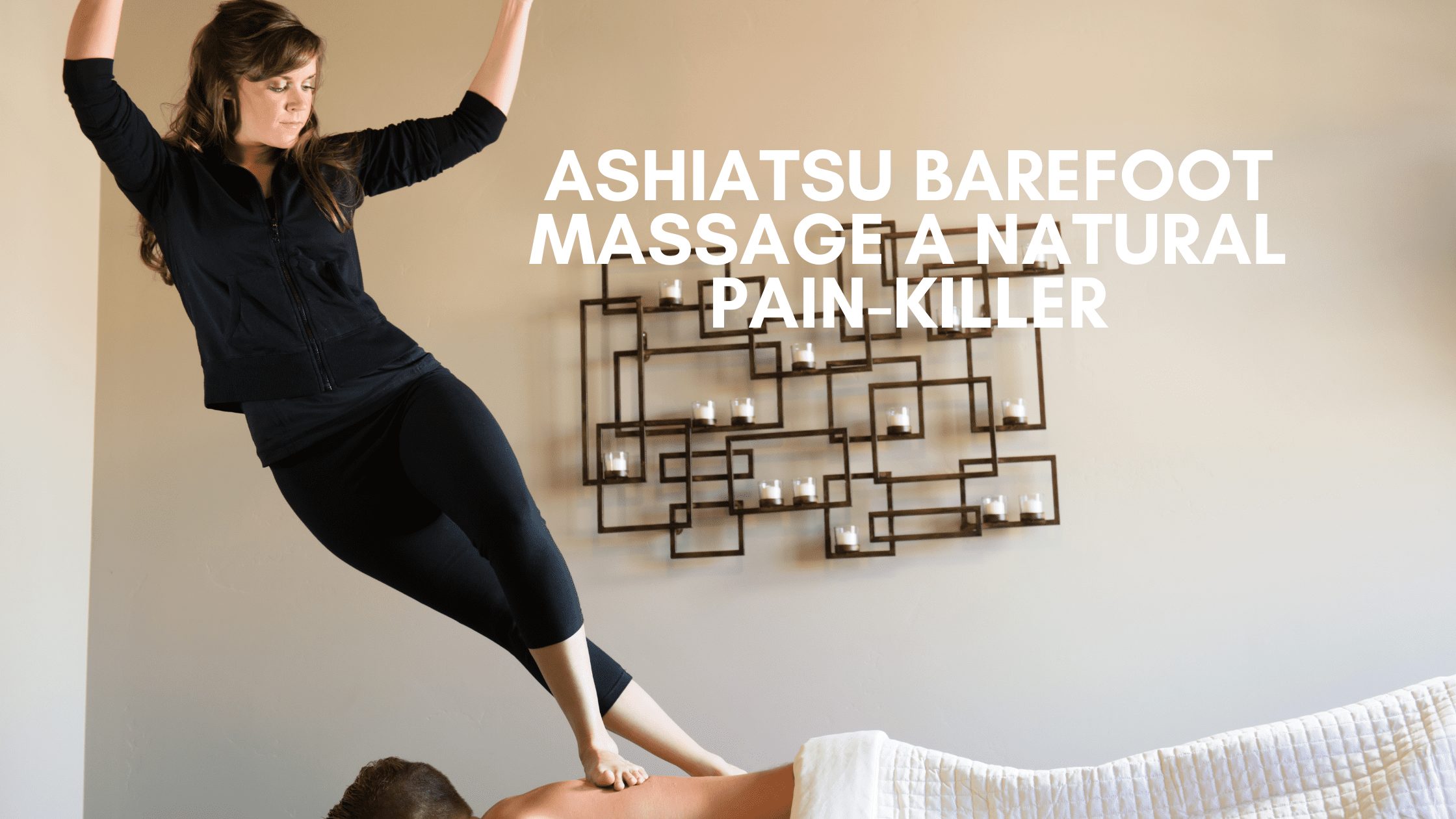A Japanese name meaning “foot pressure,” the procedure is typically performed with bare feet and have two bars fixed to the ceiling to stabilize themselves to ensure safety.
When getting a deep tissue massage, your therapist can usually get a pretty accurate focus on the exact spot. This is typically done with a thumb, tip of fingers, or an elbow.
During a deep tissue massage, a therapist should locate the knot and apply steady pressure for a few seconds, depending on the client’s tolerance as the knot slowly relaxes.
With my experience with deep tissue massages, most of the knots that are small and deep, requiring deep tissue are usually found on the back, under the scapula, and upper traps.
Ashiatsu Difference
What makes an ashiatsu massage different from a deep tissue massage is you get two broad feet that can usually apply pressure evenly throughout the feet. The massage therapist can apply more pressure to the muscle with broader strokes.
This type of deep tissue can eliminate some discomfort and soreness from the massage while penetrating the muscle deeper than the more common deep tissue massage.
Ashiatsu is an excellent massage for general muscle soreness, helps with circulation as well as stress relief.
If you feel like you need a deep massage without a specific target or troubling knot, then an Ashiatsu is something you definitely should try out.
That’s not to say that an ashiatsu isn’t for relieving pain for specific knots, just the opposite. It’s just sometimes it comes down to preference.
If you are looking to try ashiatsu to help relieve specific troublesome knots, the therapist will use the heel of their foot to apply continuous pressure to the knot.
The heel has a greater span than the fingers or the elbow and can apply more pressure without the added pain.
If you enjoy or find relief in a deep tissue massage, then it might be worth giving ashiatsu a try and see if it’s right for you.


Superb article! educative and helpful piece of content. Keep updating the good article like this. Please add me to your email list so next time if you publish an article like this then I will keep updated about that post.